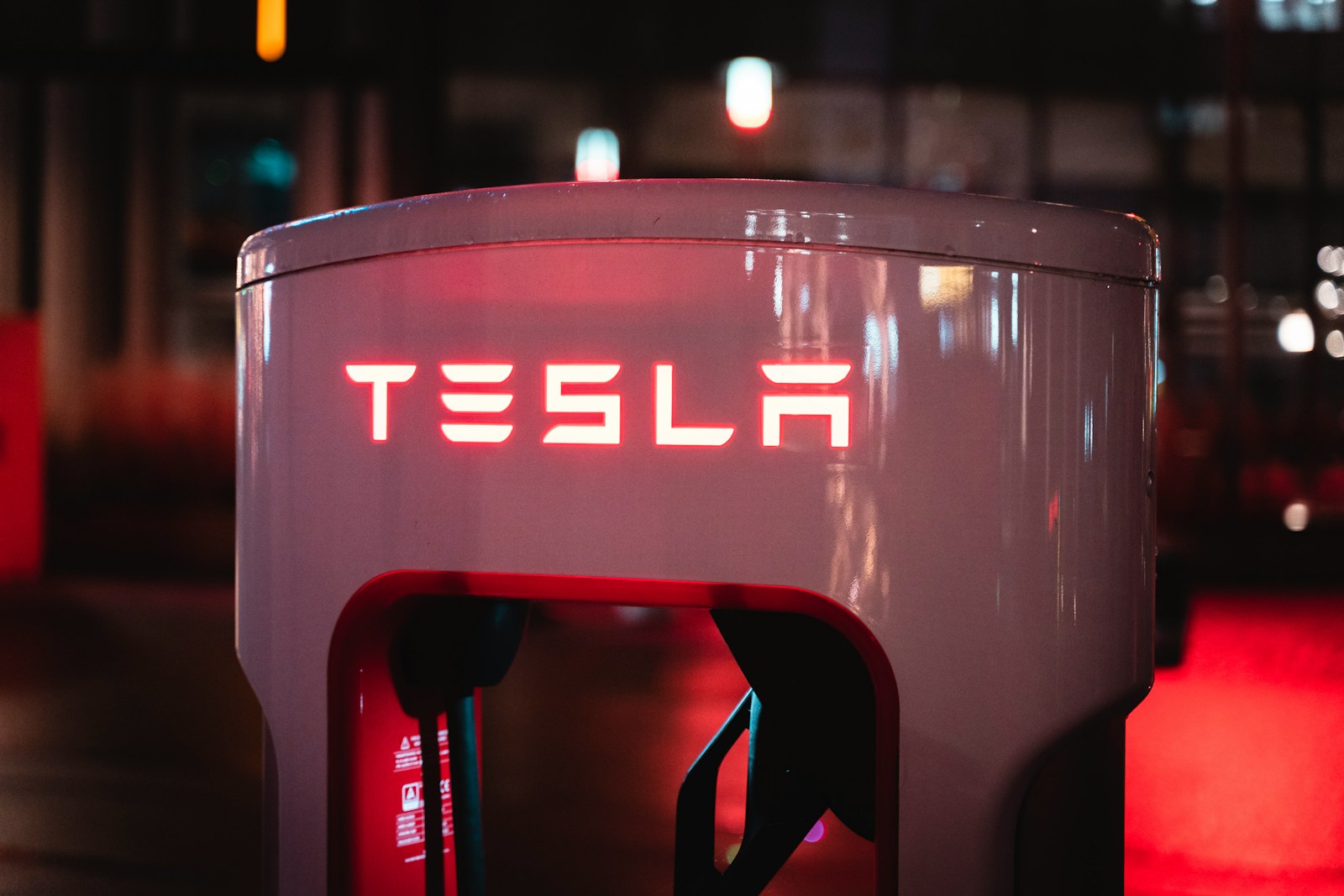What We Know About the Tesla Model Q
No one knows the name of the technician who assembled the first Tesla Model S drivetrain or painted the very last Model 3 rolling off the production line. You might recognize the brand as a beacon of innovation and prestige, but the individuals who brought the vision to life didn’t need to be world-renowned—just capable craftspeople and technologists driven by something big enough to match their ambition.
The same principle holds true for Tesla’s upcoming entry into the compact electric vehicle market: the Model Q. The car itself isn’t the sum of Elon Musk’s masterful marketing or Tesla’s machine-learning algorithms—though those things certainly help. It’s the result of thousands of engineers, supply chain managers, and software developers doggedly refining an idea that still has the potential to reshape entire industries.
What is the Tesla Model Q?
Although Tesla has yet to officially confirm the Model Q’s specifications, the internet is abuzz with speculation about what the latest addition to Tesla’s lineup will offer. Positioned as a smaller, more affordable electric vehicle, the Model Q could represent Tesla’s most aggressive push yet to bring EVs to the mainstream. The company has seemingly embraced a philosophy of “good enough,” but not in a careless way—instead, in the methodical sense of hitting just the right notes for usability, efficiency, and price without losing sight of the larger mission.
Aiming for Affordability Without Compromise
Early reports suggest the Model Q will be a departure from Tesla’s higher-end vehicles like the Model S or Model X. Instead, Tesla is likely setting its sights directly on consumers for whom affordability is a key factor in their decision to go electric. This lines up with Tesla’s longstanding goal: accelerating the transition to sustainable energy.
Affordability, of course, doesn’t mean sacrificing cutting-edge innovation. Tesla has reportedly been doubling down on cost-effective battery production techniques, with some speculation surrounding a new version of their 4680 battery cell technology that could provide both higher energy density and lower manufacturing costs. If true, the Model Q could set a new benchmark for performance in an accessibly priced EV.
The Role of Giga Factories
Gigafactories will likely take center stage in producing the Model Q. From Nevada to Berlin to Shanghai, Tesla’s vertically integrated facilities have mastered the art of building batteries and vehicles at scale. By using these factories to push technological innovations and streamline production, Tesla could ensure that the Model Q doesn’t just hit store shelves—it crashes through price barriers that have kept EVs out of reach for many consumers.
Technology: What to Expect
One thing that’s certain is that Tesla will use the Model Q to showcase how far they’ve come in refining their autonomous driving technologies. With Tesla’s Full Self-Driving (FSD) feature continuously evolving via over-the-air updates, it wouldn’t be surprising if the Model Q includes some level of semi-autonomous or autonomous capabilities right from the start.
Design Choices in Tech and Aesthetics
Details surrounding the design of the Model Q remain scarce, but industry watchers expect it to incorporate Tesla’s signature minimalist aesthetics combined with functional, aerodynamic optimizations. Previous models like the Model 3 and Model Y have used subtle but impactful design elements to maximize range and energy efficiency. Expect the Model Q to follow suit, if not push the envelope further.
On the software front, Tesla’s infotainment system is likely to make an appearance, offering not just media streaming but also navigation that integrates real-time charging station updates and route optimization. And let’s not forget the so-called “Tesla Ecosystem.” Owning a Tesla increasingly means buying into a suite of interconnected products, from solar panels to home battery storage—the Model Q will likely integrate seamlessly with this ecosystem.
The AI Framework Supporting Tesla
Like Kevin Kelly said about technology being its own species, Tesla’s use of AI almost feels like a self-perpetuating system. The company’s autopilot and self-driving features continuously improve as real-world data flows in from millions of cars in use worldwide. By purchasing a Model Q, drivers wouldn’t just receive the benefit of improved algorithms; they’d also contribute new data points to ensure those algorithms keep getting better. It’s a symbiotic relationship, one where the driver and the AI both learn and adapt to the driving experience.
Anticipated Release Date and Pricing
While Tesla has not made an official statement, hints dropped by company insiders and industry analysts suggest the Model Q might enter production as early as late 2024 or 2025. Pricing is equally vague but speculated to fall well below the $35,000 mark, making it an enticing option for anyone considering making the leap into EVs without breaking the bank.
The Market Awaits
The Model Q could land at a pivotal time for the automotive industry as more automakers, from traditional giants to scrappy startups, roll out their own affordable electric cars. Tesla isn’t entering an empty playing field here. Yet, if history is any guide, they don’t need to dominate the field outright—just be good enough to keep leading the charge toward a sustainable electric future.
“`
